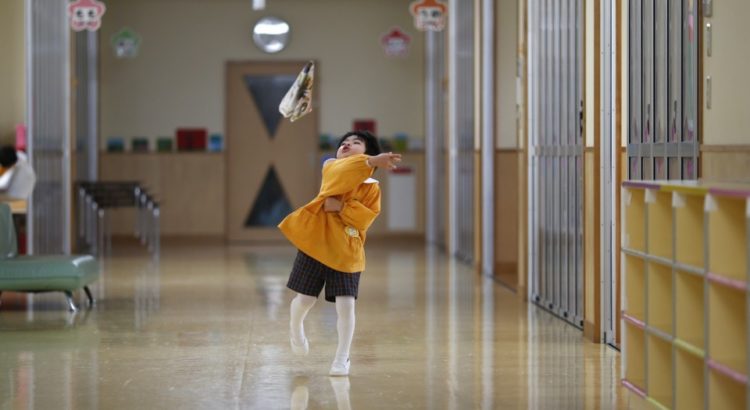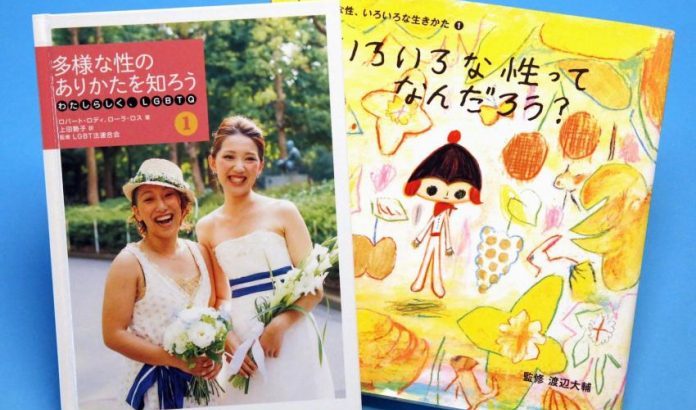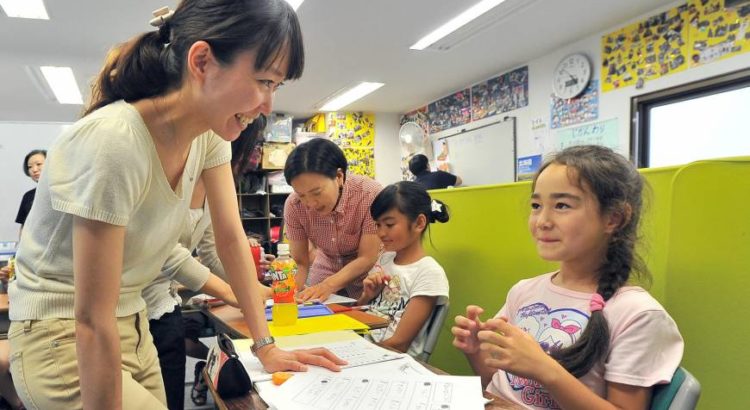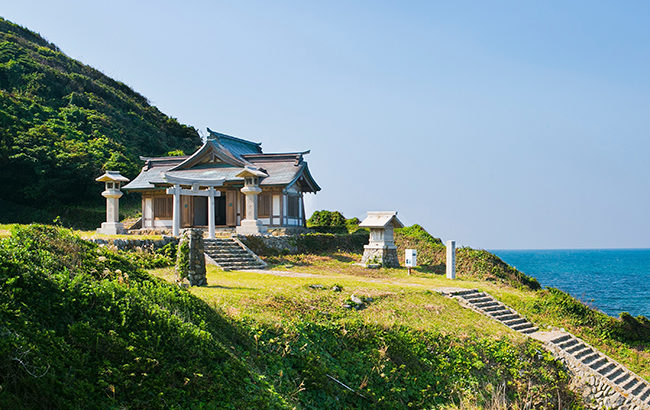Japón/Agosto de 2017/Fuente: Japan Today
Resumen: En 2016, el número de niños nacidos en Japón descendió por debajo de 1 millón por primera vez desde 1899. La tasa de fecundidad del país -el promedio de niños que una mujer tendrá en su vida- fue de 1,44, mientras que Japón se dice que necesita una tasa de al menos 2,07 para mantener su nivel actual de población. «Tenemos una crisis nacional», dijo Shinjiro Koizumi, legislador del Partido Liberal Democrático, en una reunión consultiva en junio. «Tenemos un sistema que apoya la vida de los ancianos como una sociedad, pero lo que todavía tenemos que construir es uno que apoya a los niños y la crianza de los hijos». Desesperado por abordar el tema, el gobierno está ponderando opciones sobre la mejor manera de apoyar y promover a la juventud de la nación. El 25 de mayo, la Comisión de Constitución organizó discusiones sobre la Constitución -un panel organizado en la Cámara de Representantes, la Cámara Baja de la Dieta- sobre el potencial de acceso gratuito a la educación desde el preescolar hasta la universidad. El 9 de junio, el gobierno emitió un comunicado en el que se decía que se debería tomar una decisión a fin de año sobre cómo asegurar el financiamiento para el preescolar gratis, pero el debate continúa sobre si las universidades también deben ser gratuitas.
In 2016, the number of babies born in Japan fell below 1 million for the first time since 1899. The country’s fertility rate—the average number of children a woman will have in her lifetime—was 1.44, while Japan is said to need a rate of at least 2.07 to maintain its current population level.
“We have a national crisis,” said Shinjiro Koizumi, a lawmaker from the ruling Liberal Democratic Party, speaking at an advisory meeting in June. “We have a system that supports the lives of elderly people as a society, but what we have yet to build is one that supports children and child-rearing.”
Desperate to address the issue, the government is weighing options on how best to support and promote the nation’s youth. On May 25, discussions were held by the Commission on the Constitution—a panel organized in the House of Representatives, the lower house of the Diet—regarding the potential for free access to education from preschool through university. On June 9, the government released a statement saying a decision should be made by year-end on how to secure funding for free preschool, but the debate continues on whether universities should also be tuition-free.
NO FREE LUNCH
In the wake of World War II, Japan implemented a compulsory education system, with the Basic Act on Education guaranteeing access to nine years of schooling for all citizens regardless of their circumstances. Preschool education is paid out of pocket by most parents, and many opt to pay for private high schools, so the financial burden of education can start long before college.
Of Japan’s 776 universities, about 80 percent are private, such as Tokyo’s Waseda University. Tuition fees at these institutions average ¥500,000 to ¥1 million annually, including a one-time admission fee. National or public universities, such as the prestigious University of Tokyo (Todai), typically charge ¥500,000 or less each year. Compared with the United States, this is relatively affordable; the average cost of tuition and fees at US private universities for the 2016–17 school year was $33,480 (¥3.75 million).
Scholarships and loans are sometimes available through Japanese universities, but a major part of the cost is borne by students and their parents. According to a 2012 Cabinet survey, only 40 percent of students benefit from public loans, scholarships, or grants. This contrasts with other countries, such as the United Kingdom where on average 71 percent of students receive support.
Japan’s Ministry of Health, Labour and Welfare estimates that granting free higher education for all would require about ¥5 trillion. Schemes have been proposed to fund the initiative through the issuance of more low-interest government bonds, implementation of a social insurance scheme for all pension-paying employees, or passage of a consumption tax increase.
While there are certainly pros and cons to each alternative, all three would probably result in higher national debt. Opponents of the proposal argue that the same future generations the policy aims to support would end up shouldering its cost over the course of their lifetimes.
With Japan’s balance of government debt already twice the country’s GDP, is free access to higher education worth the price?
CONTENT OVER COST
Asked whether tuition-free university would make Japan’s talent pool more globally competitive, Kirsten M. Snipp, associate professor at Takasaki University of Commerce, said free access to higher education would not create anything meaningful, except perhaps more national debt.
Snipp, whose focus is on English education at the tertiary level, also indicated that, during her 25-plus years teaching in Japan, she has rarely encountered a situation where finances were the primary cause of “failed education.”
Bern Mulvey, former dean of Miyazaki International College, agrees. “National and prefectural universities are already quite cheap in Japan. It would be hard to imagine a family here that could not afford the tuition at such institutions,” he said.
Mulvey notes that entrance to such institutions, however, is very competitive, with only about 50 percent of applicants being accepted. Those rejected from public universities can opt for costlier private schools or consider vocational schools known as senmon gakko.
DUAL EDUCATION SYSTEM
It is yet unclear whether the government plans to include senmon gakko in its free-education plan. Germany, which has a GDP similar to that of Japan, is the largest country in the world to have made higher education completely free, as of 2015. Crucial to its ability to cover tuition fees is the establishment of a dual education system, which positions vocational schools as a strong alternative to university education.
Vocational students in Germany undergo simultaneous classroom instruction and practical work experience through apprenticeships at companies. The German government strictly regulates the schools and companies involved to ensure students receive both the theoretical and hands-on skills needed to succeed in their chosen vocation. In this way, the country’s private sector is held responsible for sharing in the education of its people.
Chris Grant, director of human resources, Office Support & Healthcare Lifescience Recruitment Teams at Michael Page International (Japan) K.K., said, “A quality vocational education is critical and will play an increasingly important role in Japan.” Speaking to The Journal, he explained how technology and business-level English are skills that are in extremely high demand, yet candidates with the requisite knowledge are in short supply. Both subjects are common areas of study at senmon gakko, where graduates obtain specialist degrees or skill certifications. It is not uncommon for university students to supplement their studies with courses at such schools to gain workplace advantage.
Grant also said that university education is still the preferred path in Japan, due to its perceived prestige. “This would need to change if there was to be a greater interest in vocational places.”
Ken Takai, managing partner at icareer partners LLC, believes universities, the public sector, and the private sector should all be held responsible for the talent mismatch in Japan between candidates and employers, which persists despite the country’s well-educated population.
According to Education at a Glance: OECD Indicators, a book published annually by the Organisation for Economic Co-operation and Development, some 47 percent of Japanese had received tertiary education as of 2012. Japan consistently ranks among the world’s top 10 countries for level of schooling received by its people. Nevertheless, Takai explained, even the country’s highest-ranked institutions churn out generalists rather than specialists, which does little to address the needs of today’s employers.
“It is an irony that the better universities prepare their students as generalists, the worse off their students are in terms of possessing specialist skills, which are strongly demanded in the real world. I agree with the education experts talking about the value of introducing quality vocational schools. However, that is not enough. All employers in Japan must change their hiring practices, changing the hiring focus from generalist to specialist,” he said.
In Japan, the practice of sogo shoku, a type of general career track rotation, persists among large corporate employers. Thus, even those entering the workforce with specialist skills are often forced to work in roles they are unprepared for or have no desire to fill.
The German dual education model, in this case, could serve a greater purpose in Japan. German companies save time and resources in on-the-job training for vocational graduates, who start work with the skills needed to hit the ground running.
EASING TRANSITIONS
In addition to aspiring vocational school students, other groups may benefit from access to higher education.
“Line workers and junior managers in need of updating their skills or acquiring new skills due to the changing environment of their jobs would benefit. Those people who are transitioning in their lives—such as senior citizens, housewives wishing to return to work, or specialists in aging industries reaching the end of their life cycle—would have the most to gain,” Takai said.
While nearly 60 percent of Japan’s younger generation have received tertiary education, less than 35 percent of the country’s older generation have. For older workers with a desire to update their skills but who lack the resources to do so, free access to higher education could boost their job prospects.
At first glance, it sounds like a winning idea, but its implementation—as well as source of funding—would require careful consideration.
Fuente: https://japantoday.com/category/features/lifestyle/brain-power-would-free-university-make-japan-better















 Users Today : 6
Users Today : 6 Total Users : 35460269
Total Users : 35460269 Views Today : 7
Views Today : 7 Total views : 3418975
Total views : 3418975